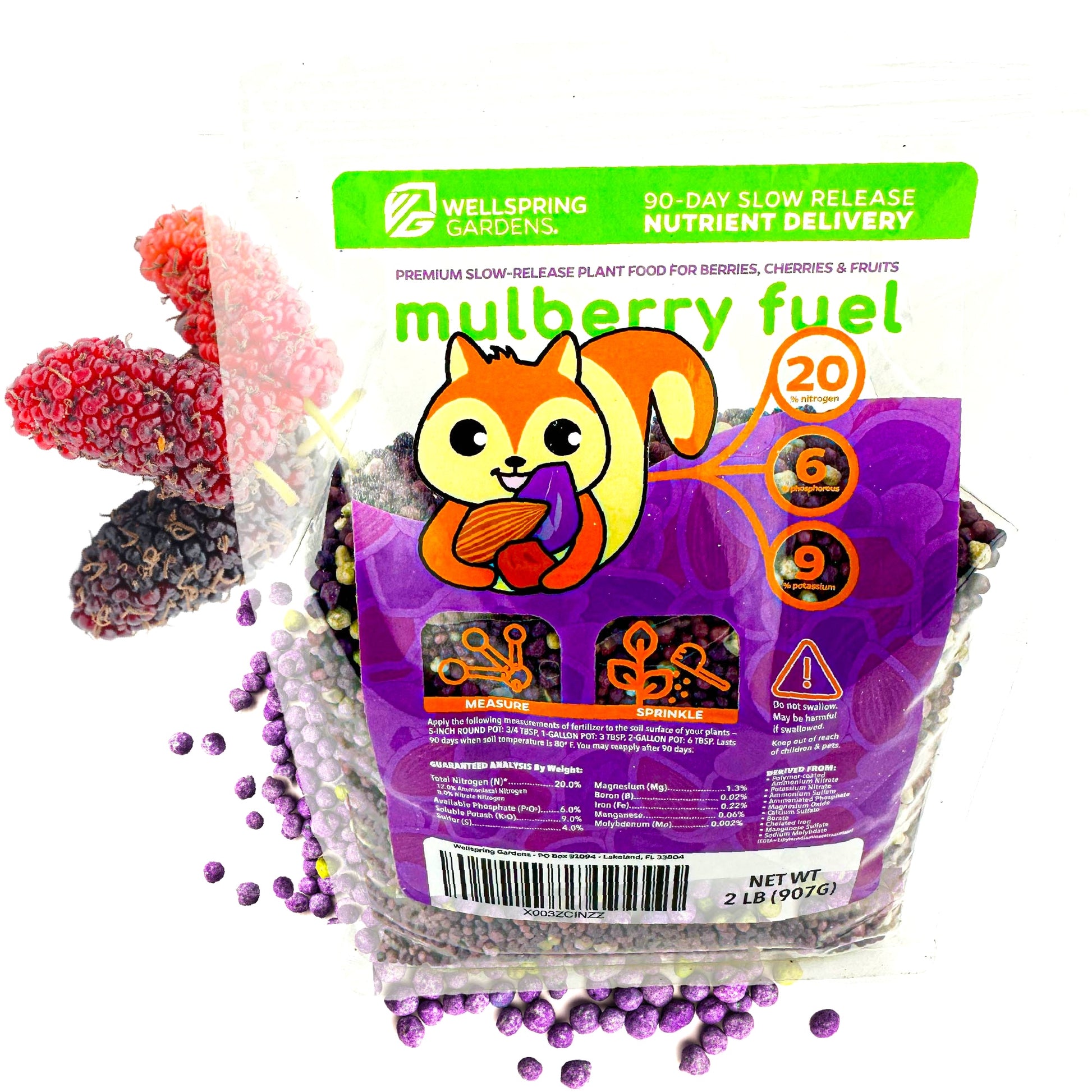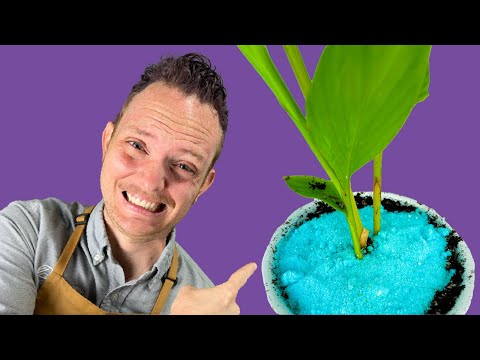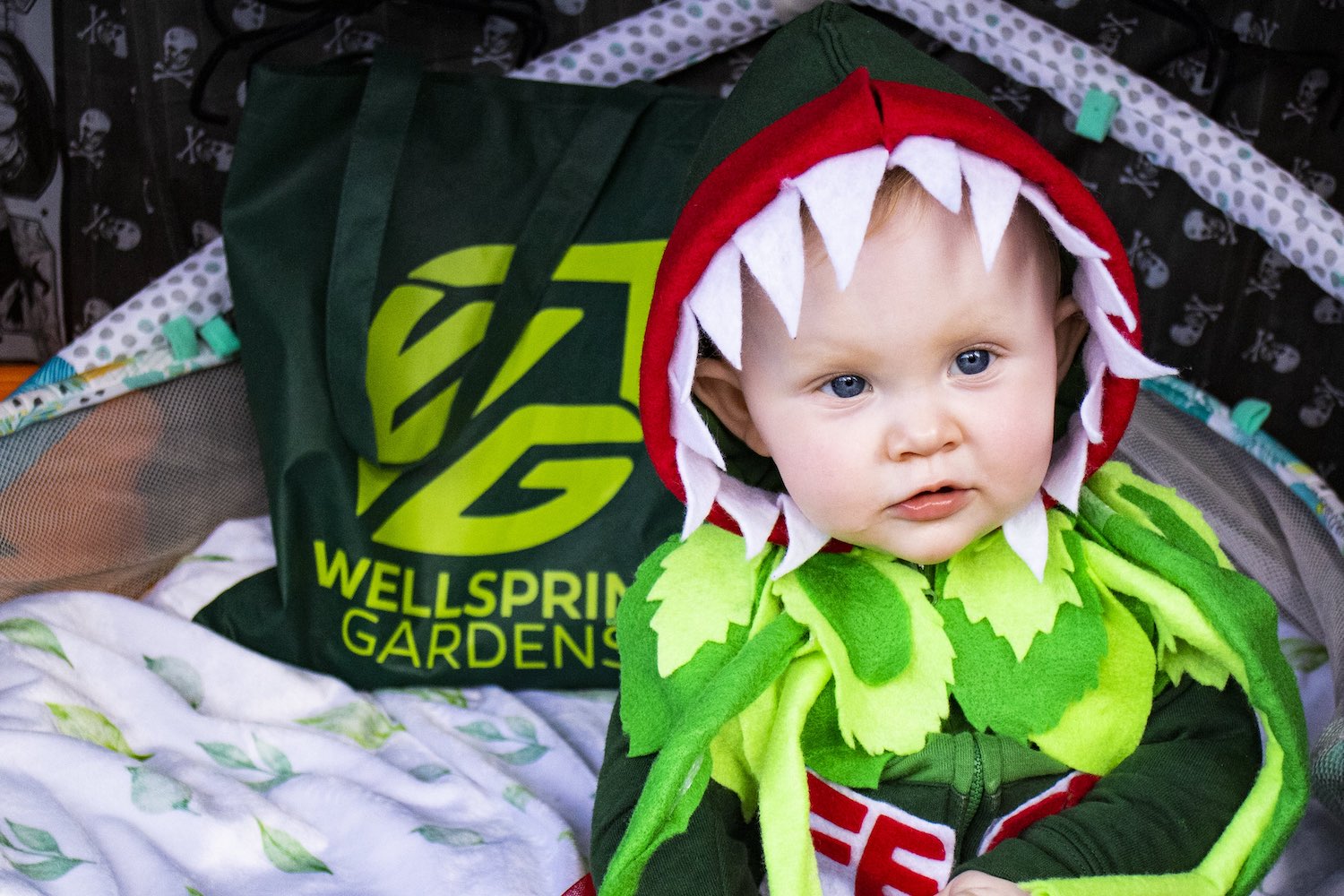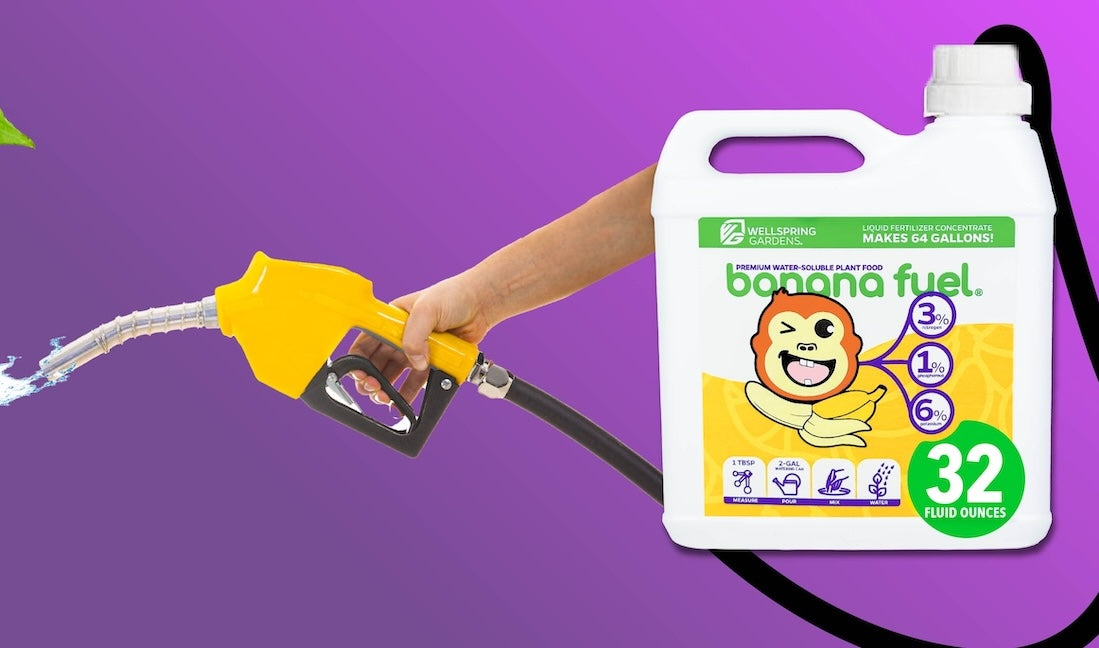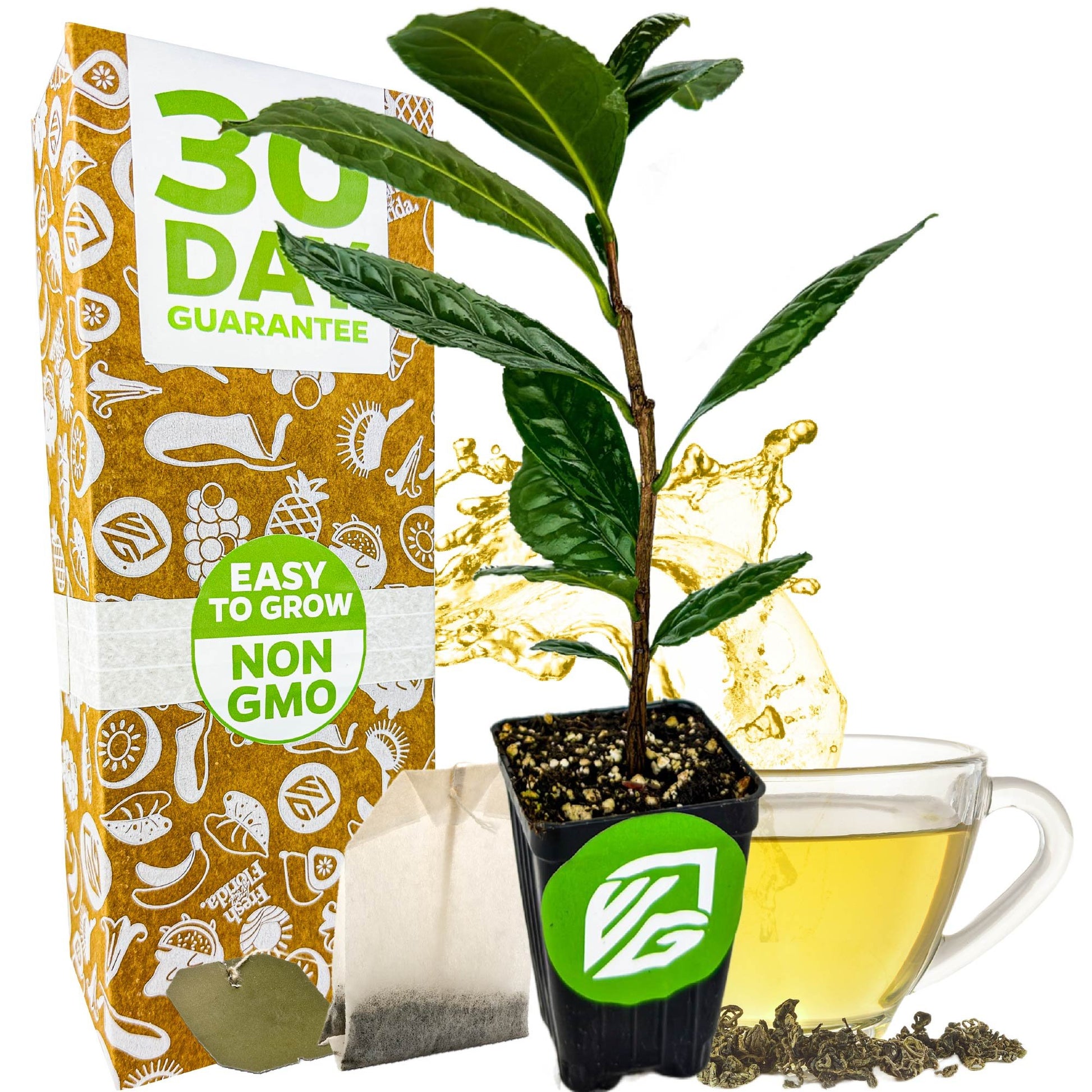
Tea Plant (Green Tea) - Camellia sinensis
+ Free Shipping
Ever wondered where tea comes from? Use the tender tips from new growth of the Camellia sinensis. to encourage new growth for your own cup of tea.
- Average mature height: 6 to 8 feet
- Cold areas: in colder areas, Tea plants can be container grown and brought inside during extreme weather and periods of hard frosts.
- Fertilizer: During the growing season, feed frequently with a liquid fertilizer containing minor nutrients.
- Light: Full to part sun
- Soil: Moist, well-drained, acidic soil
- Water: Average watering needs.
- Zone: Perennial 8b-11
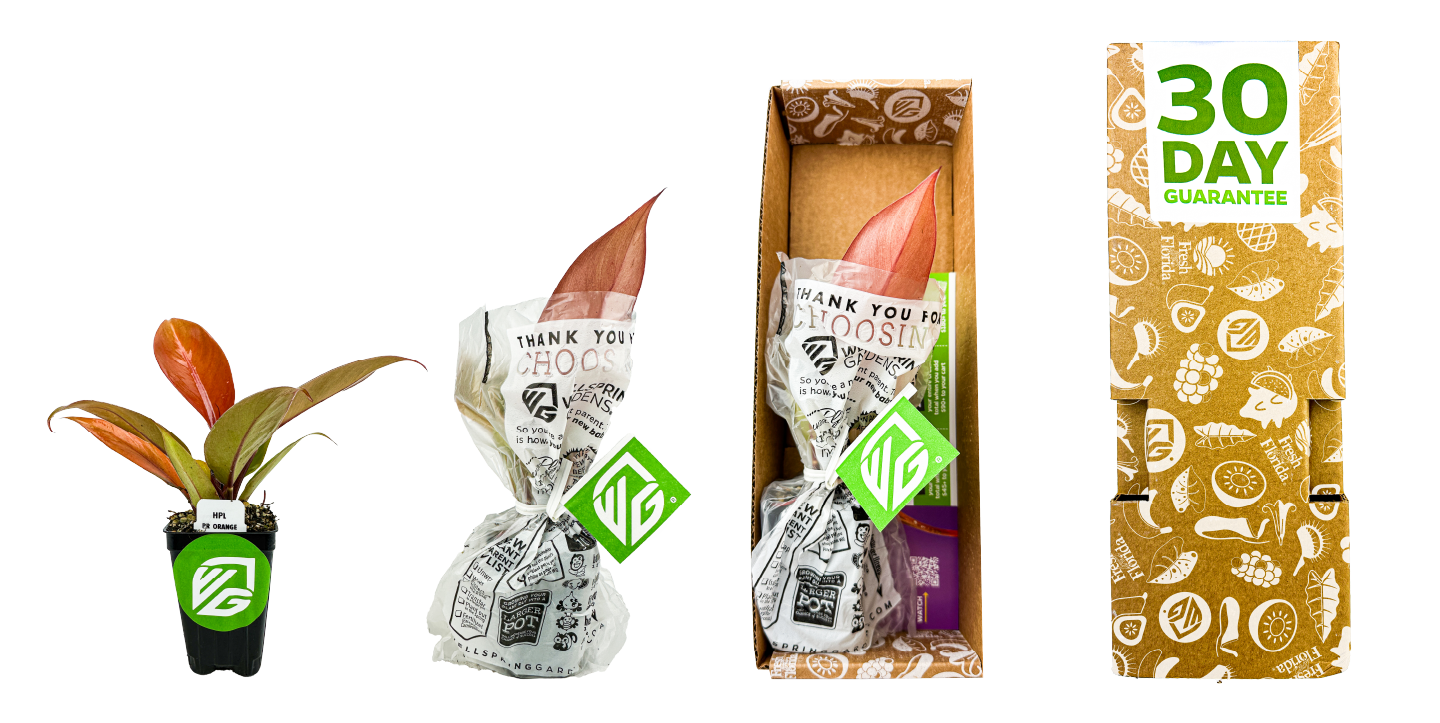
Shop with confidence
Your plants are packed with the utmost care, but shipping can be stressful on the little guys.
That's why you have 30 days from the arrival date to experiment with them. If they don't bounce back, you're eligible for a refund.
You may also like
Tea Care
While many people drink a morning cup of tea, not many can say, "I grow my own tea!" Wake up in the morning and snip off a few leaves of your own Camellia sinensis (The Green Tea Plant) for a fresh morning boost. The more you snip, the more you encourage your tea plant to produce more for your morning caffeine boost. Read on to learn how to care for both types of Green Tea: Camellia sinensis (small leaf) and Camellia sinensis var. Assamica (large leaf).
Tea Plant Care Overview
- Growth habit: Evergreen/perennial shrub
- Light: Full to part sun
- Spacing: 5 feet apart
- Soil: Well-drained, moist,
- Watering: 4-5 times per week
- Fertilization: 20-20-20 once every 2 weeks during the growing season
- USDA hardiness zones: 8b-11
- Dormancy: Goes dormant but is evergreen
- Winter care: Water less, protect from extreme temperatures
-
Common pests:
Aphids, mites, scales, and thrips - Pet friendly? Yes
Growth Habit
Light
Green Tea thrives in full to part sun. Luckily, its compact size along with its ability to tolerate some shade makes the Tea Plant perfect for your patio, so you can grow your own tea right inside your own home. Or you can grow it outdoors. The possibilities are limitless.
Spacing
Provide around 5 feet in between each plant to allow ample room for the roots to spread.
Soil
Green Tea prefers well-drained soil that is kept moist.
Watering
Water your Tea plant 4-5 times per week while getting established, which will allow it to dry out somewhat between waterings.
Fertilization
All fertilizers contain three primary nutrients: (Nitrogen (N), Phosphorus (P), and potassium (K). Green Tea thrives with a balanced ratio of 20 Nitrogen (N), 20 phosphate (P2O5), and 20 potash (K2O) along with other micronutrients. We've got you covered with our all-purpose Fig Fuel, which contains that exact balanced ratio.
We recommend fertilizing every 14 days in the growing season (spring/summer). Once the cooler temperatures of fall and winter hit, you can take a break from fertilizing as your plant goes dormant.
USDA Hardiness Zones
Can I grow Green Tea where I live? What if I live in a cold place? No problem. If it can't grow outside in your area, Camellia sinensis makes a great houseplant.
On our website, we list each plant’s USDA hardiness zone. The U.S. Department of Agriculture created the hardiness map to help gardeners identify the areas in which plants tend to grow well based on past average temperatures. On the USDA's site, you can enter your zip code to identify your hardiness zone. Green Tea is hardy in zones 8b-11 (coldest temperature = 20 degrees Fahrenheit). If you live outside the zone, you can grow it in a pot indoors.
Goes Dormant
Fall sweater weather, the scent of cinnamon brooms, and the flavor of pumpkin spice emanating from the kitchen all signal the beautiful autumn leaves 🍁 we all love turning from green to a crispy orange and yellow; we know that although the leaves have fallen, the trees are still alive and well; they’re just hibernating (in plant terms, going dormant) until the spring season brings a wellspring of new life.
Winter Care
Compare your city’s USDA plant hardiness zone with the plant’s to see how much cold your plant can endure 🥶. If you live outside the zone your plant is listed for, you’ll want to help it keep warm. The best way is to grow it indoors.
Your Tea Plant won't need as much water while it's dormant. Water lightly 3-4 times per week, allowing it to dry out somewhat between waterings.
Learn more in our Overwintering Guide.
Common Pests
Aphids, mites, scales, and thrips are all potential pests for Tea Plants. If one of these insects decides to make a home out of your plant, temporarily put your plant outside away from your other collection and then take a cotton swab with a little neem oil--a safe and organic oil that helps combat pests--and touch each insect with it; this will help remove it and will kill the bug as well. If you don't have any neem oil on hand, you can even use a little vegetable oil mixed with water. Once you know all the insects are gone, it’s safe to bring it back together with your other plants.
Pet friendly?
Green Tea is not toxic to your furry friends.
FAQs
How Should I Care for My Tea Plant After It Arrives?
Please give your Tea plant a little TLC after its journey through the mail 📬. Here are a few steps we recommend:
- Unwrap immediately to provide fresh air to the plant and soil.
- Wait a few days before exposing to full sunlight so your plant can adjust after being in a dark box for several days.
- Always protect from heat and cold because temperature extremes can be stressful or deadly for plants.
- Water. Your baby plant may be parched and even a little wilted but thorough hydration will help it recover.
- Grow out in a larger pot to increase your chances of success—i.e., a quarter gallon—Then transplant to the ground or the next pot size up once the roots fill to the bottom. This will help the plant get sufficient water and nutrients directly to the roots.
Learn more in our After Arrival Care Guide.
What Size Pot Should I Use?
We highly recommend growing your baby plant out in a larger pot 🪴 to increase your chances of success
You don’t have to repot immediately, but the sooner you do, the more room it has to grow.
Here are some general repotting tips:
-
- Start with a pot that's 1-2 inches larger in diameter than the starter-sized pot it came in. A pint or quart would be great.
- Use a good general potting mix or make your own. We find two parts peat to one part perlite works well for most plants, allowing it to be well-drained but still moist.
- Transplant to the ground or the next pot size up once the roots fill to the bottom.
Learn more in our Repotting Guide.
Shop Tea & Other Caffeinated-Infused Favorites
Start or continue growing your Morning Fuel collection with Wellspring Gardens.
Happy planting! 🪴
While many people drink a morning cup of tea, not many can say, "I grow my own tea!" Wake up in the morning and snip off a few leaves of your own Camellia sinensis (The Green Tea Plant) for a fresh morning boost. The more you snip, the more you encourage your tea plant to produce more for your morning caffeine boost. Read on to learn how to care for both types of Green Tea: Camellia sinensis (small leaf) and Camellia sinensis var. Assamica (large leaf).
Tea Plant Care Overview
- Growth habit: Evergreen/perennial shrub
- Light: Full to part sun
- Spacing: 5 feet apart
- Soil: Well-drained, moist,
- Watering: 4-5 times per week
- Fertilization: 20-20-20 once every 2 weeks during the growing season
- USDA hardiness zones: 8b-11
- Dormancy: Goes dormant but is evergreen
- Winter care: Water less, protect from extreme temperatures
-
Common pests:
Aphids, mites, scales, and thrips - Pet friendly? Yes
Growth Habit
Light
Green Tea thrives in full to part sun. Luckily, its compact size along with its ability to tolerate some shade makes the Tea Plant perfect for your patio, so you can grow your own tea right inside your own home. Or you can grow it outdoors. The possibilities are limitless.
Spacing
Provide around 5 feet in between each plant to allow ample room for the roots to spread.
Soil
Green Tea prefers well-drained soil that is kept moist.
Watering
Water your Tea plant 4-5 times per week while getting established, which will allow it to dry out somewhat between waterings.
Fertilization
All fertilizers contain three primary nutrients: (Nitrogen (N), Phosphorus (P), and potassium (K). Green Tea thrives with a balanced ratio of 20 Nitrogen (N), 20 phosphate (P2O5), and 20 potash (K2O) along with other micronutrients. We've got you covered with our all-purpose Fig Fuel, which contains that exact balanced ratio.
We recommend fertilizing every 14 days in the growing season (spring/summer). Once the cooler temperatures of fall and winter hit, you can take a break from fertilizing as your plant goes dormant.
USDA Hardiness Zones
Can I grow Green Tea where I live? What if I live in a cold place? No problem. If it can't grow outside in your area, Camellia sinensis makes a great houseplant.
On our website, we list each plant’s USDA hardiness zone. The U.S. Department of Agriculture created the hardiness map to help gardeners identify the areas in which plants tend to grow well based on past average temperatures. On the USDA's site, you can enter your zip code to identify your hardiness zone. Green Tea is hardy in zones 8b-11 (coldest temperature = 20 degrees Fahrenheit). If you live outside the zone, you can grow it in a pot indoors.
Goes Dormant
Fall sweater weather, the scent of cinnamon brooms, and the flavor of pumpkin spice emanating from the kitchen all signal the beautiful autumn leaves 🍁 we all love turning from green to a crispy orange and yellow; we know that although the leaves have fallen, the trees are still alive and well; they’re just hibernating (in plant terms, going dormant) until the spring season brings a wellspring of new life.
Winter Care
Compare your city’s USDA plant hardiness zone with the plant’s to see how much cold your plant can endure 🥶. If you live outside the zone your plant is listed for, you’ll want to help it keep warm. The best way is to grow it indoors.
Your Tea Plant won't need as much water while it's dormant. Water lightly 3-4 times per week, allowing it to dry out somewhat between waterings.
Learn more in our Overwintering Guide.
Common Pests
Aphids, mites, scales, and thrips are all potential pests for Tea Plants. If one of these insects decides to make a home out of your plant, temporarily put your plant outside away from your other collection and then take a cotton swab with a little neem oil--a safe and organic oil that helps combat pests--and touch each insect with it; this will help remove it and will kill the bug as well. If you don't have any neem oil on hand, you can even use a little vegetable oil mixed with water. Once you know all the insects are gone, it’s safe to bring it back together with your other plants.
Pet friendly?
Green Tea is not toxic to your furry friends.
FAQs
How Should I Care for My Tea Plant After It Arrives?
Please give your Tea plant a little TLC after its journey through the mail 📬. Here are a few steps we recommend:
- Unwrap immediately to provide fresh air to the plant and soil.
- Wait a few days before exposing to full sunlight so your plant can adjust after being in a dark box for several days.
- Always protect from heat and cold because temperature extremes can be stressful or deadly for plants.
- Water. Your baby plant may be parched and even a little wilted but thorough hydration will help it recover.
- Grow out in a larger pot to increase your chances of success—i.e., a quarter gallon—Then transplant to the ground or the next pot size up once the roots fill to the bottom. This will help the plant get sufficient water and nutrients directly to the roots.
Learn more in our After Arrival Care Guide.
What Size Pot Should I Use?
We highly recommend growing your baby plant out in a larger pot 🪴 to increase your chances of success
You don’t have to repot immediately, but the sooner you do, the more room it has to grow.
Here are some general repotting tips:
-
- Start with a pot that's 1-2 inches larger in diameter than the starter-sized pot it came in. A pint or quart would be great.
- Use a good general potting mix or make your own. We find two parts peat to one part perlite works well for most plants, allowing it to be well-drained but still moist.
- Transplant to the ground or the next pot size up once the roots fill to the bottom.
Learn more in our Repotting Guide.
Shop Tea & Other Caffeinated-Infused Favorites
Start or continue growing your Morning Fuel collection with Wellspring Gardens.
Happy planting! 🪴
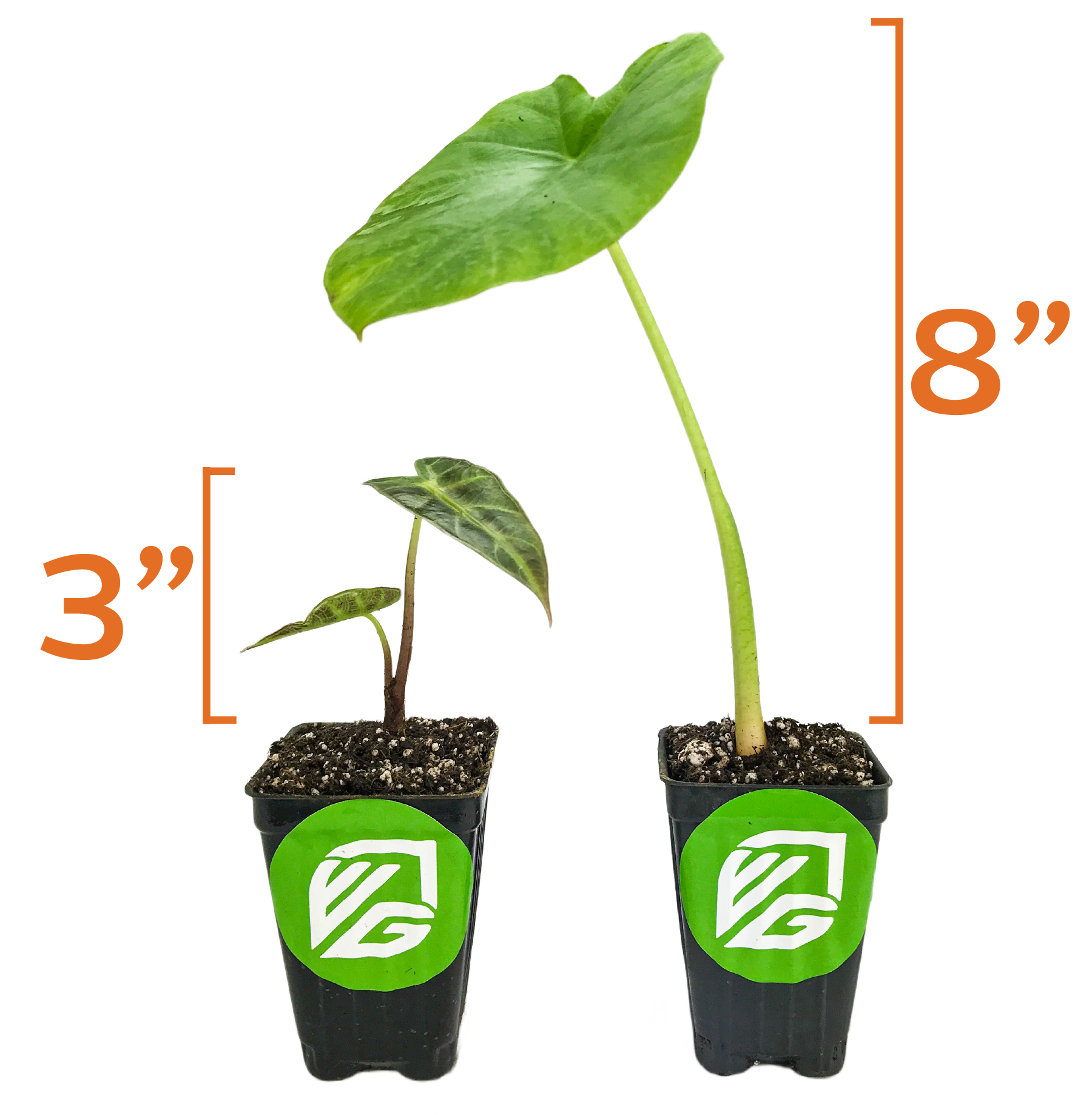
We sell baby plants
Wellspring Gardens is the starter plant, AKA “baby plant” shop. We just get you started, so you get all the credit for raising your plants under your green thumb.
How tall are baby plants?
We aim to ship your plants when they’re 3-8” tall, though we often ship them taller than that.
What determines whether I get a 3-, 6-, or even 18-inch-tall plant?
The exact size of the plant we send you is variable on the time of year and how long we've been growing it out.
Mulberry Fuel: Set it and forget it for 90 days










